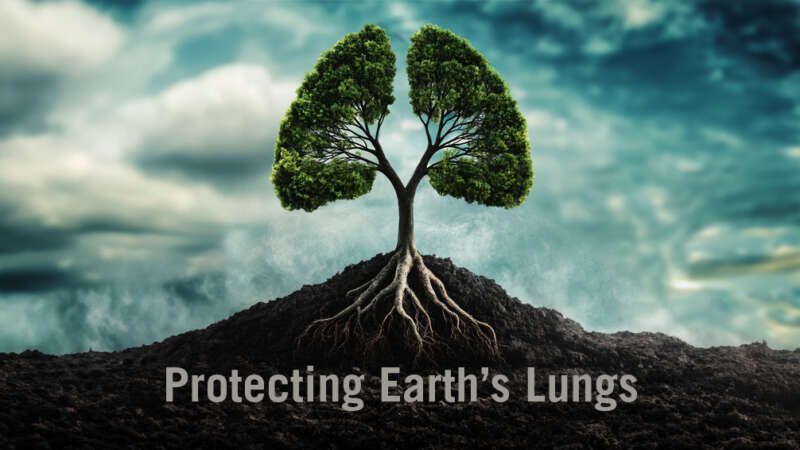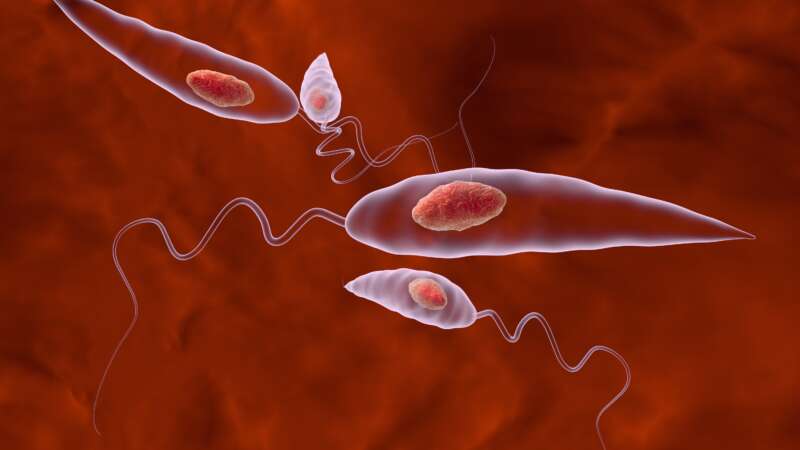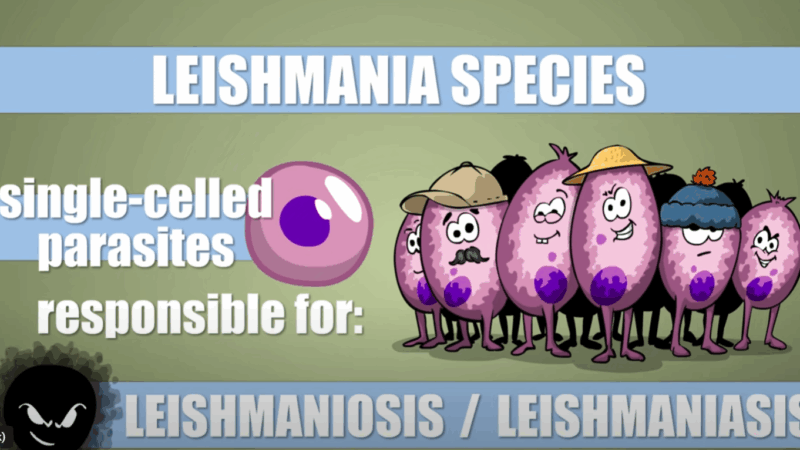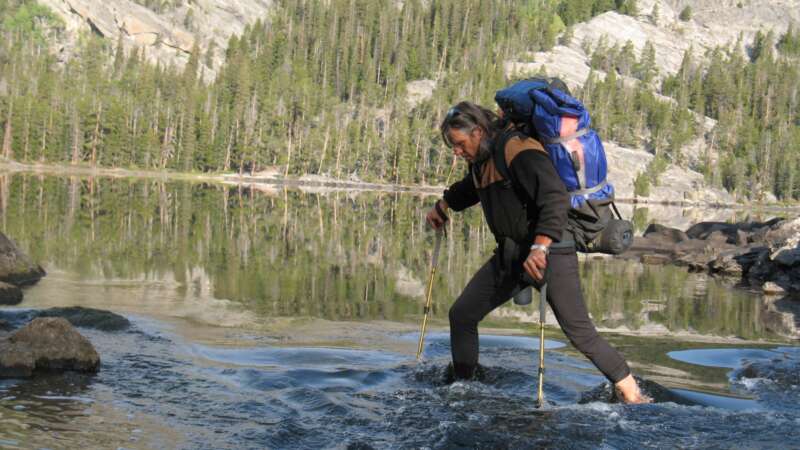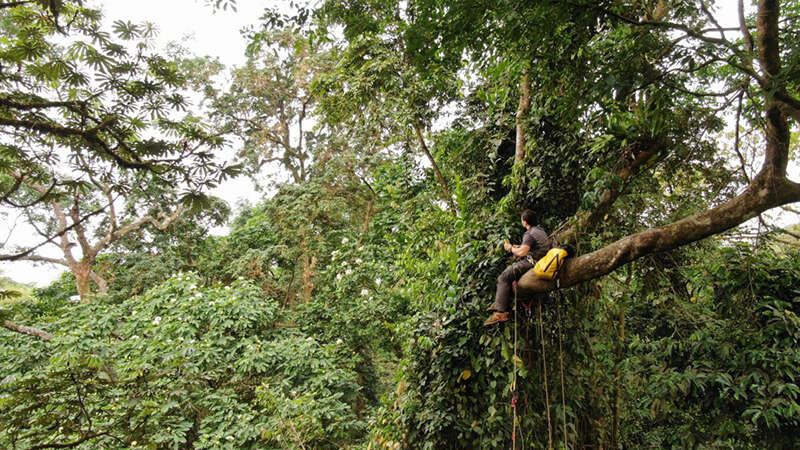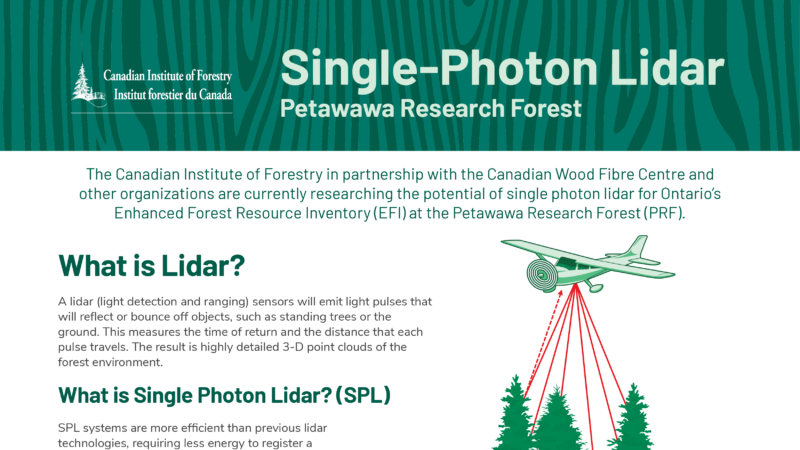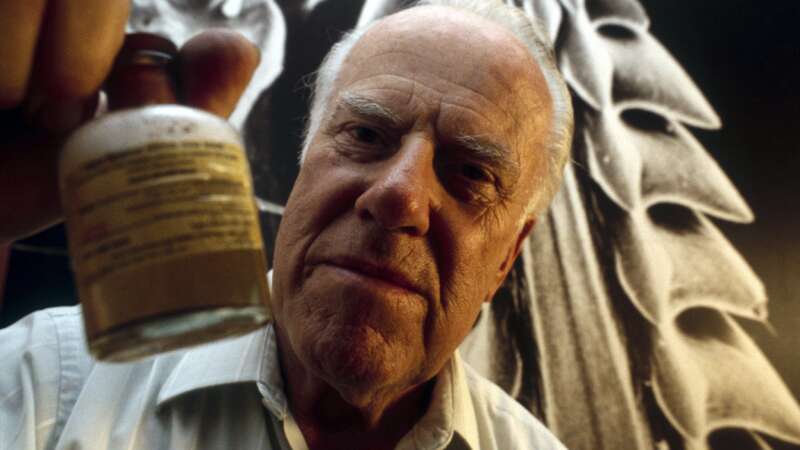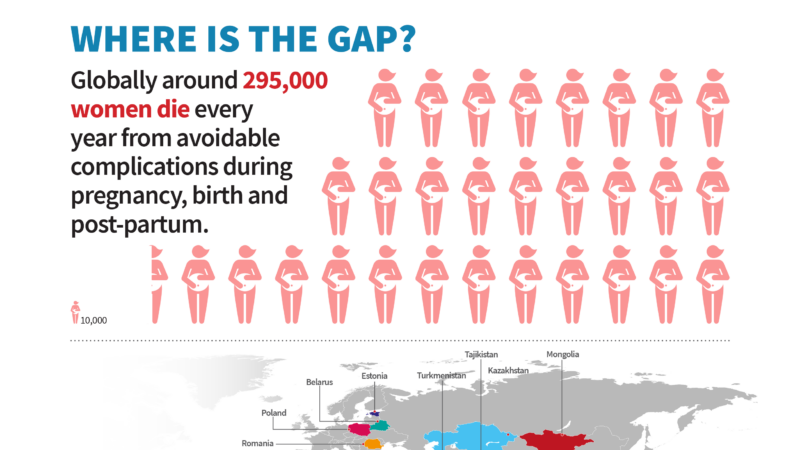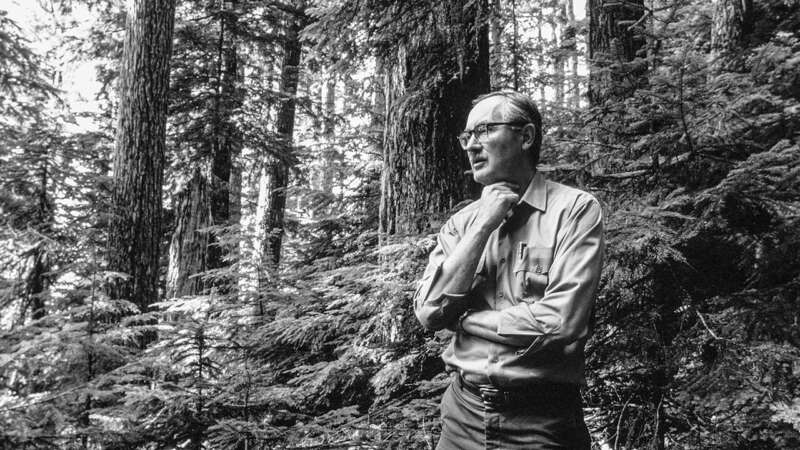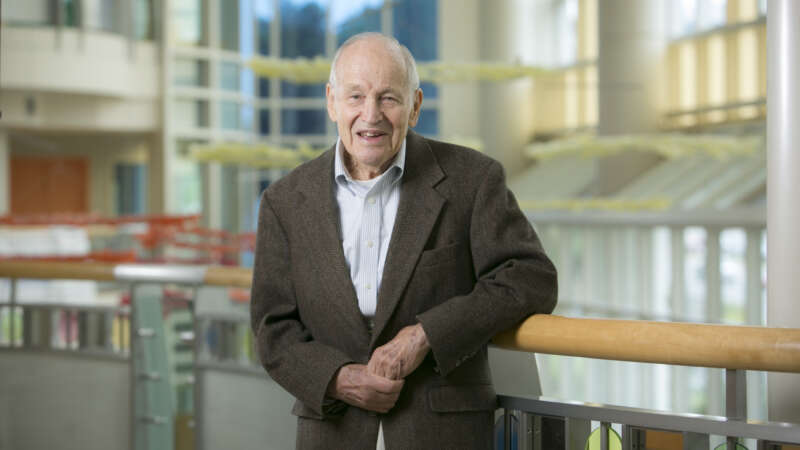In Education
Protecting Earth’s Lungs
Forests act as the planet’s terrestrial lungs. They provide us with fresh air, clean water, beautiful vistas and a sanctuary for countless wildlife.
But, today, more than ever, our forests are facing unprecedented threats from disease, climate change, mad-made destruction and harmful pests.
Join this documentary as it follows a group of professionals that developed, tested and formulated today’s forest health strategies to preserve the legacy of one of the planet’s most important resources – and to help us better understand and appreciate why we need to protect our forests.
This is a story that affects us all.
Dr. Gosia Domagalska: Outwitting Leishmania
In the quiet corridors of the Institute of Tropical Medicine (ITM) in Antwerp, Belgium, Dr. Malgorzata “Gosia” Domagalska is leading the fight against one of the world’s most neglected yet devastating diseases: leishmaniasis. As head of ITM’s newly established Unit of Experimental Parasitology, she has dedicated her career to understanding how parasites adapt, survive, and outwit medicine.
Domagalska’s path to parasitology was anything but straightforward. Trained as a geneticist, she earned her PhD in Plant Genetics at the Max Planck Institute in Cologne, followed by a Marie Curie Fellowship at the University of York. Early on, her research focused on plant development and hormones. But a shift came when she joined ITM in 2015: “This work is compelling not just scientifically, but socially,” she has said.
Leishmaniasis – Plain and Simple
Leishmaniasis is a parasitic disease that few people have heard of, but one you definitely don’t want to catch. Caused by Leishmania parasites and spread by the bite of female sand flies, it can silently linger in the body for years or surface in devastating ways, from painful skin sores to organ damage that can be fatal. The disease affects both humans and dogs, with our canine companions often acting as unwitting reservoirs that keep the infection circulating.
As climate change expands the habitat of sand flies into new regions, the threat of leishmaniasis continues to grow. With no reliable cure and limited vaccine options, prevention is key. Protecting yourself and your pets with repellents, protective gear, and vigilance is the most effective way to guard against this serious but often overlooked disease.
Jacques Régnière: Budworm to BioSIM
Jacques Régnière, born in Quebec City, has dedicated over four decades to advancing our understanding of forest pests and protecting our global forests. Earning his bachelor’s degree in biology from Laval University and a Ph.D. in insect ecology and biomathematics from North Carolina State University, Régnière began his career at the Canadian Forest Service in 1980, where he served until his retirement in 2024.
Throughout his distinguished career, Régnière focused on pressing issues in forest ecology, notably the population dynamics of the spruce budworm, mountain pine beetle, and spongy moth. His work in quantitative ecology has influenced pest management practices and provided a better understanding of climate change’s impact on invasive species and forest health.
Purdue launches new AI-based global forest mapping project
Purdue University’s Jingjing Liang has received a two-year, $870,000 grant from the World Resources Institute to map global forest carbon accumulation rates.
“To accurately capture the carbon accumulation rates of forested ecosystems across the world has always been a challenging task, mostly because doing so requires lots of ground-sourced data, and currently such data are very limited to the scientific community,” said Liang, an associate professor of quantitative forest ecology and co-director of the Forest Advanced Computing and Artificial Intelligence Lab.
“This task is considerably more challenging than mapping carbon emissions from forest loss,” said Nancy Harris, research director of the Land & Carbon Lab at the World Resources Institute, a nonprofit research organization based in Washington, D.C. “With emissions, there’s a clear signal in satellite imagery when trees are cut, leading to a big drop in forest carbon stocks and a relatively abrupt pulse of emissions to the atmosphere. With sequestration, forests accumulate carbon gradually and nonlinearly.”
Single-Photon Lidar
The Canadian Institute of Forestry in partnership with the Canadian Wood Fibre Centre and other organizations are currently researching the potential of single photon lidar for Ontario’s
Enhanced Forest Resource Inventory (EFI) at the Petawawa Research Forest (PRF).
What is Lidar?
A lidar (light detection and ranging) sensors will emit light pulses that will reflect or bounce off objects, such as standing trees or the ground. This measures the time of return and the distance that each pulse travels. The result is highly detailed 3-D point clouds of the forest environment.
Dr. Willy Burgdorfer: One Tick at a Time
Dr. Willy Burgdorfer, born on June 27, 1925, in Basel, Switzerland, is known for transforming the understanding of tick-borne illnesses.
Burgdorfer pursued his undergraduate and doctoral studies in parasitology and tropical bacteriology at the University of Basel – where he first developed his fascination with ticks while studying how these arthropods transmitted spirochetes that caused relapsing fever. In 1951, Burgdorfer moved to the United States for a fellowship in Montana at the Rocky Mountain Laboratories (RML) – a National Institute of Health biomedical research facility for vector-borne diseases, such as Rocky Mountain spotted fever, Lyme disease and Q fever.
Where is the Maternal Health Gap?
Maternal health has long been a central focus in global initiatives, prominently featured in key frameworks such as the Millennium Development Goals (MDGs), the Sustainable Development Goals (SDGs), and the Global Strategy for Women’s, Children’s, and Adolescents’ Health.
Unfortunately, despite these efforts, the ambitious targets—particularly those aimed at reducing maternal mortality—remain unmet.
A recent report from the Copenhagen Consensus Center highlights these challenges, and this infographic offers further insight into the statistics.
Jerry Franklin: The Father of New Forestry
Jerry Franklin, known as the “Father of New Forestry,” has made his mark in forest management for integrating ecological and economic objectives. His approaches, which faced skepticism initially, have become the standard in both environmental and timber industry circles.
Franklin began his career as a research forester for the USDA Forest Service in 1959. His early work included long-term experiments on forest ecosystems, particularly old-growth forests.
Dr. Samuel Katz: The Man Who Helped Conquer Measles
Dr. Samuel Katz made monumental contributions to pediatric health and vaccinations before his passing on October 31, 2022, at the age of 95. His career was proof that one dedicated individual can have a profound impact on global public health.
Born on May 29, 1927, in Manchester, NH, Samuel Katz initially studied journalism at Dartmouth College, but quickly switched to medicine after a stint in the Navy during World War II. Moving on to his medical studies at Harvard Medical School, he was drawn into the world of virology under the tutelage of John Enders, a Nobel Laureate. This collaboration marked the beginning of Katz’s lifelong battle against infectious diseases, which included the development of the measles vaccine.
